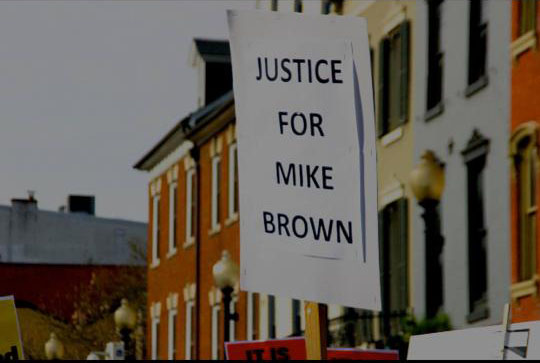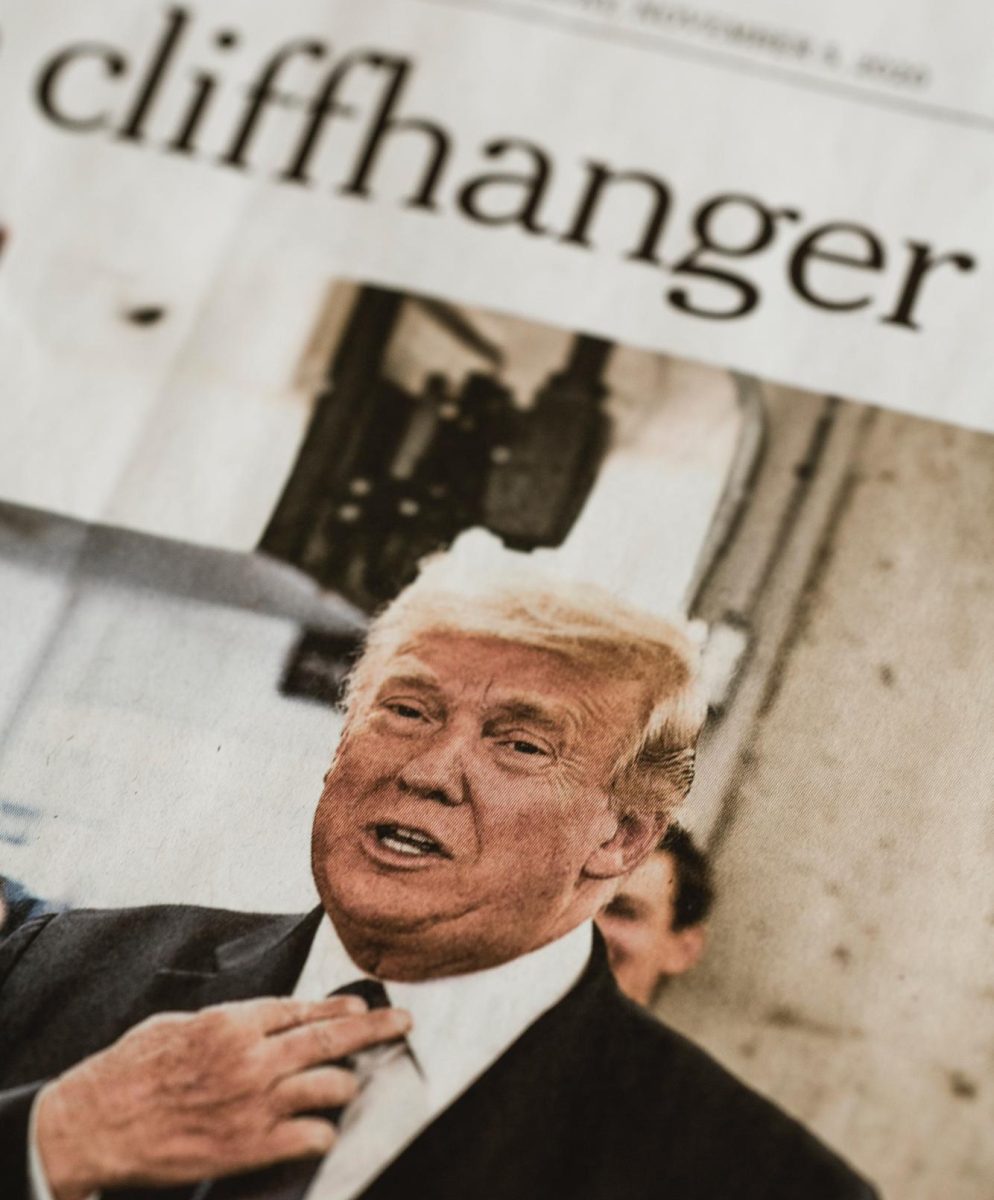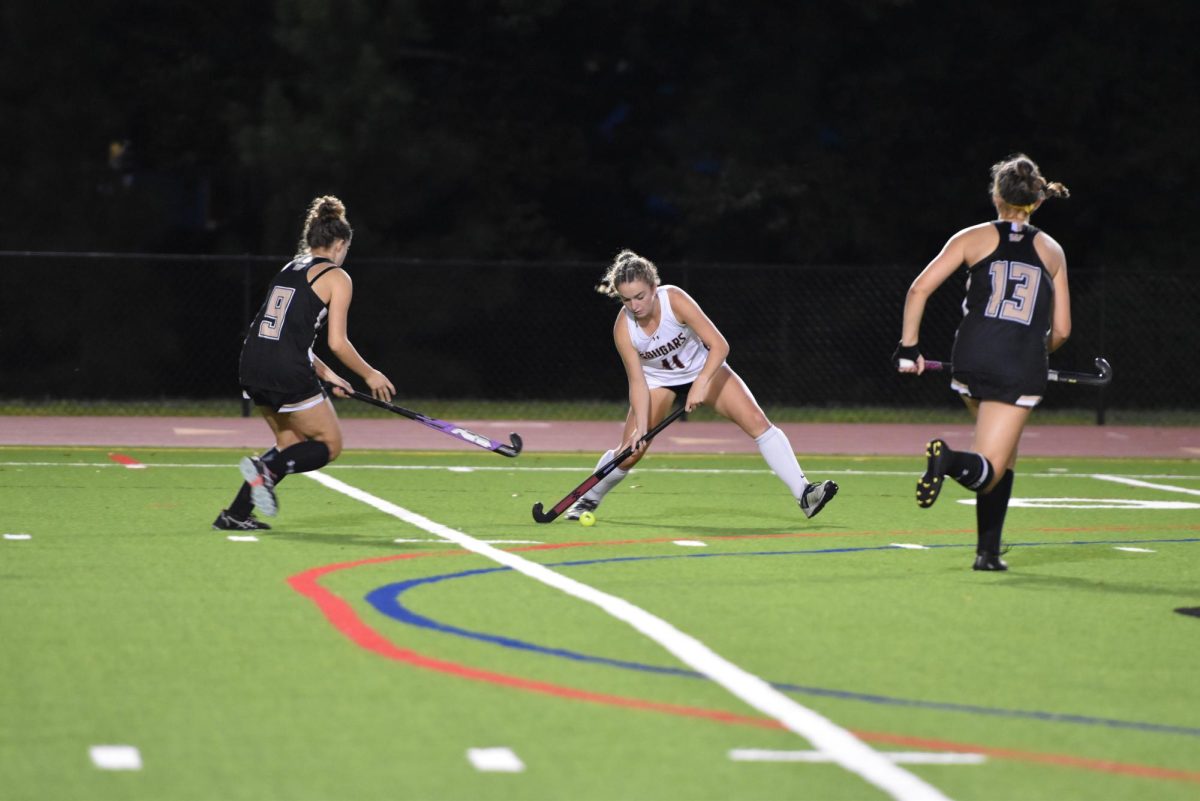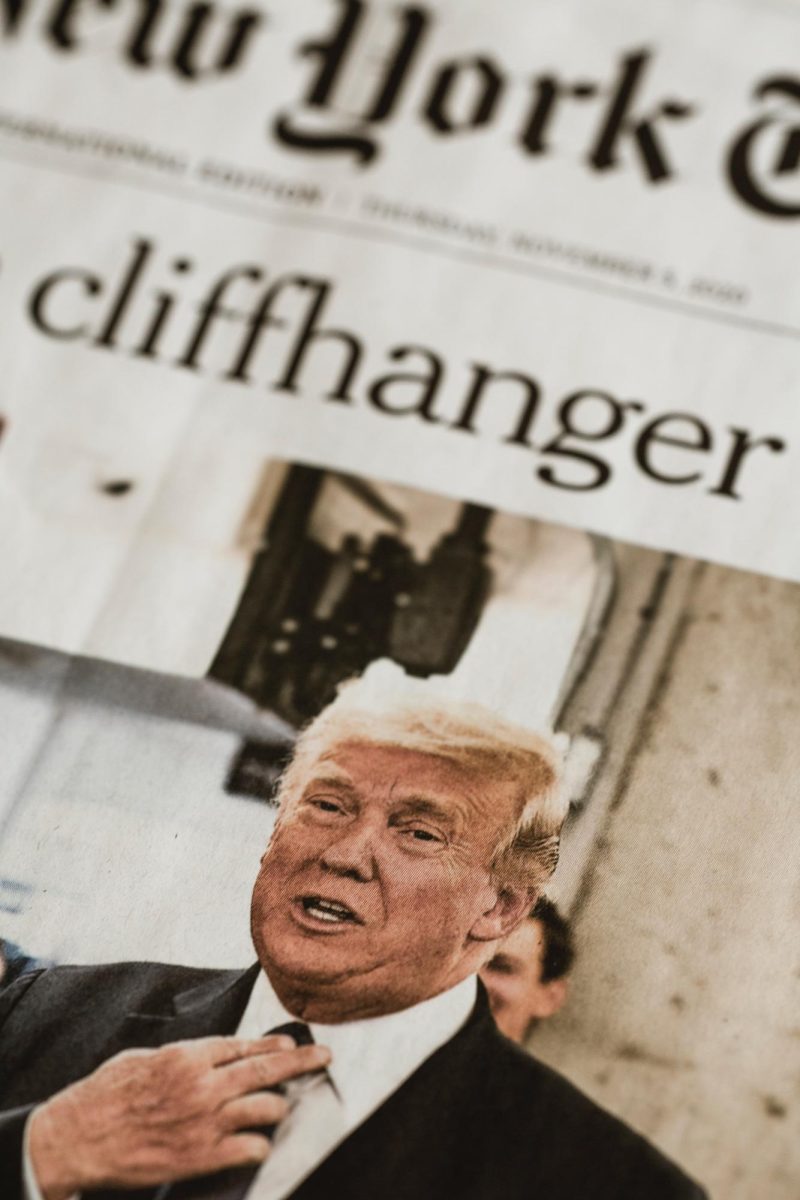Landmark decision made in Ferguson, Missouri over shooting of unarmed black Man
History is in the making in Ferguson, Missouri after the decision not to indict Officer Darren Wilson in the shooting death of unarmed 18-year-old male, Michael Brown. The case began in August when Officer Wilson approached Brown and Dorian Johnson, Brown’s friend, as they were walking in the middle of Canfield Street on their way home from the Ferguson Market. When Officer Wilson asked Brown and Johnson to move on to the sidewalk, he realized that Brown fit the description of a convenience store theft. He stopped the two teens, as well as the surrounding traffic. According to Officer Wilson’s testimony, when he asked Brown to come over to the car, Brown became aggressive and asked him “What the f— are you going to do about it?”
The events following this encounter became increasingly violent. According to Officer Wilson’s testimony, Brown reached inside of the car and punched him in the face while he tried to protect himself. Fending off Brown, Officer Wilson said that he “felt like a five-year-old holding onto Hulk Hogan.” He considered using mace but believed it would be ineffective because Brown was hiding his face. Officer Wilson chose not to carry a Taser because he found it uncomfortable. He considered using his ASP Friction Loc Baton but did not think he could reach it easily. Instead Officer Wilson reached for his gun. In his testimony, Officer Wilson said he threatened to shoot Brown if he didn’t get back and Brown responded saying that he was “too much of a p—- to shoot [him].” An altercation with the gun occurred inside of the car. While Brown was holding the gun Officer Wilson reached for it and pulled the trigger two times, and each time nothing happened. He tried it one more time and shot through the door panel startling himself and Brown. Officer Wilson in his testimony said that Brown stepped back and wore an extremely aggressive face that Officer Wilson said “looked like a demon.”
Johnson’s testimony, following Wilson approach, was that instead of Brown punching Officer Wilson it looked like it was more of a tug of war than a violent altercation. Also according to his testimony,the shot that went through the door panel caused Brown to start to bleed.
Brown began to flee after the shot. According to Officer Wilson, Brown started to get too closer so he told him to “Get down! Get down!” Brown did not get down and continued to get closer, at this point Officer Wilson decided to shot him multiple times.
Johnson provided a different story about the fleeing of Brown. According to him, Officer Wilson had shot at Brown while he was fleeing, he was not sure if Brown was hit by this shot though. Also according to his testimony, Brown put his hands up and told Officer Wilson, “I don’t have a gun.” Johnson went on to say in his testimony that while Brown’s hands were up, Wilson shoot him and continued to shoot him even after he was on the ground.
During the case witness testimonies constantly contradicted themselves. Because of these inconsistencies with the witnesses reports that facts of the case became very clouded.
As seen above the testimonies contradicted each other. The nature of the case caused protesters, first in Ferguson and then nationally, to take to the streets against police brutality and racial profiling. Accounts through social media relayed the use of tear gas against protesters and put the entire St. Louis Police Department in the spot light.

The grand jury assembled on Aug. 20 and heard every detail of the case that was available. It took the grand jury nearly four months to decide if they would indict Officer Wilson or not and they needed a consensus by 75% of the jurors. The grand jury, which was decided before the incident, consisted of nine whites and three blacks, which meant that 75% of the jury was white. The decision made not to indict Officer Wilson was rare because the majority of suspects in federal cases were indicted in 2010.

On the MSNBC show “The Last Word: with Lawrence O’Donnel” O’Donnell mentioned that at the beginning of the case the prosecution presented a law from 1979 that was ruled unconstitutional in 1985 by the Supreme Court. This old law stated that an officer was allowed to shoot a fleeing suspect just because they were fleeing. O’Donnel made an effort to point out that this law was presented to the grand jury before Officer Wilson was brought to the stand. He believed that this mistake helped Officer Wilson’s case.
When the decision was announced, violence erupted all around Ferguson. Protesters began yelling profanities at police officers and throwing objects at them. They then moved to the streets and burned multiple buildings, especially the ones near the convenience store where Brown was believed to have stolen from. The morning after the first protest, after the decision, was when the FBI began to assess the damage and the community began to rebuild.
Discussion of this case has continued and the protests have grown from Ferguson to cities around the nation. Protesters have blocked roads and marched through streets holding signs saying “Black Lives Matter”, which soon became a trending hashtag on social media.









